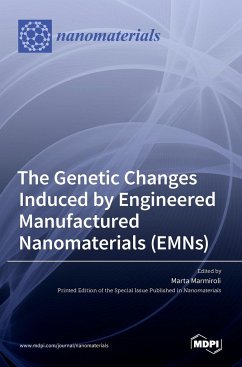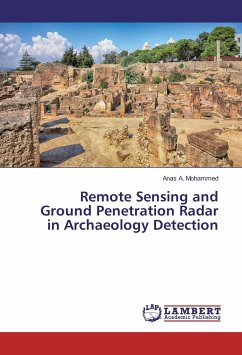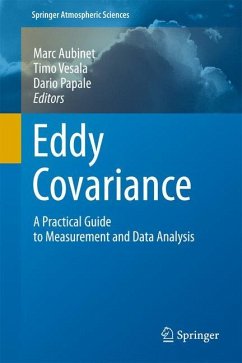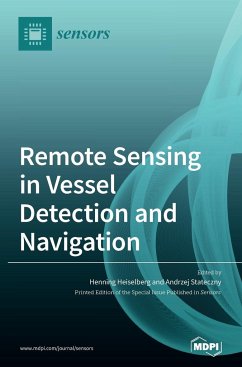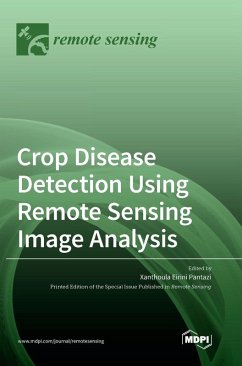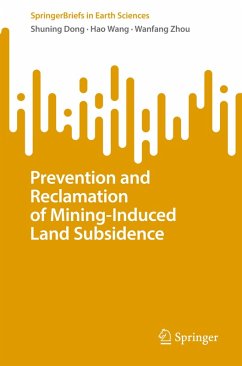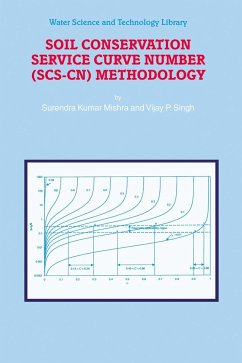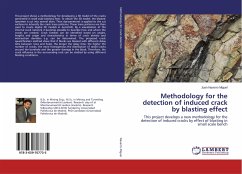
Methodology for the detection of induced crack by blasting effect
This project develops a new methodology for the detection of induced cracks by effect of blasting in small scale bench
Versandkostenfrei!
Versandfertig in 6-10 Tagen
28,99 €
inkl. MwSt.

PAYBACK Punkte
14 °P sammeln!
This project shows a methodology for developing a 3D model of the cracks generated in small scale blasting tests. To obtain the 3D model, the blasted specimen is cut into several slices. Then dye-penetrant is applied to the cut surfaces to intensify the crack trace patterns. These trace patterns are then used to create digital 3D models in AutoCAD. By a visualization of the internal crack network it becomes possible to describe how and where the cracks are created. Crack families can be identified based on angles, lengths and origin and characteristics in terms of crack density and intersectio...
This project shows a methodology for developing a 3D model of the cracks generated in small scale blasting tests. To obtain the 3D model, the blasted specimen is cut into several slices. Then dye-penetrant is applied to the cut surfaces to intensify the crack trace patterns. These trace patterns are then used to create digital 3D models in AutoCAD. By a visualization of the internal crack network it becomes possible to describe how and where the cracks are created. Crack families can be identified based on angles, lengths and origin and characteristics in terms of crack density and intersection densities e.g. can be determined. The proposed crack quantification method show that if blocks are blasted with different delay time between rows and holes, the longer the delay time, the higher the number of cracks, the more homogenous the distribution of radial cracks around the borehole and the greater damage in the block. Therefore, the crack influence in the surrounding rock can be studied by using different blasting conditions.





